Search results for 'de 18'
-
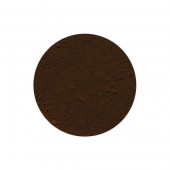
Indian Red Pigment
Starting at: £4.60
-
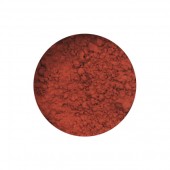
Venetian Red Pigment
Starting at: £4.60
-
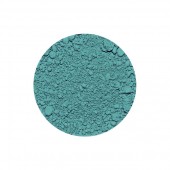
Cobalt Turquoise Pigment
Starting at: £15.00
-
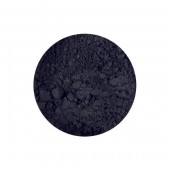
Ivory Black Genuine Pigment
Starting at: £38.00
-
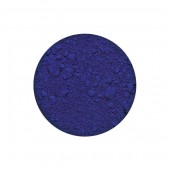
Oriental Blue Pigment
Starting at: £5.40
-
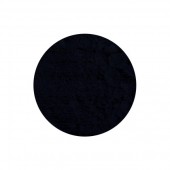
Vine Black Pigment
Starting at: £4.70
-
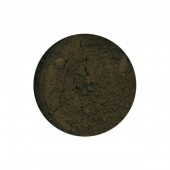
Raw Umber Greenish Pigment
Starting at: £4.80
-
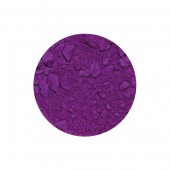
Cobalt Violet Dark Pigment
Starting at: £14.00
-
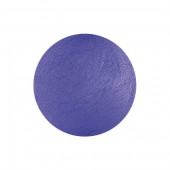
Egyptian Blue Pigment
Starting at: £5.90
-
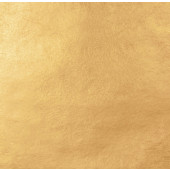
Cornelissen 85 Antique Gold Leaf 23 3/4
Starting at: £78.50
-
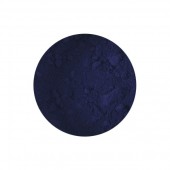
Indigo Blue Synthetic Pigment
Starting at: £5.50
-
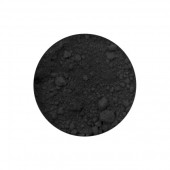
Mars Black Pigment
Starting at: £5.70
-
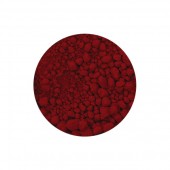
Carmine Red Genuine Pigment
Starting at: £10.00
-
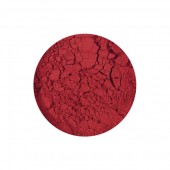
Quinacridone Red Pigment
Starting at: £5.50
-
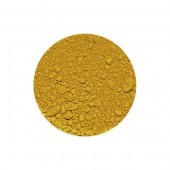
Mars Yellow Pigment
Starting at: £4.50
-
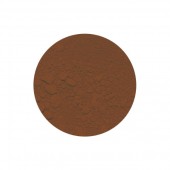
Cadmium Brown Pigment
Starting at: £10.00
-
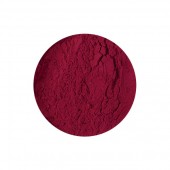
Quinacridone Magenta Pigment
Starting at: £5.50
-
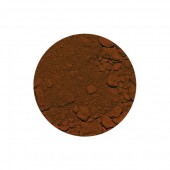
Mars Red Pigment
Starting at: £4.50
-
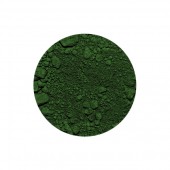
Phthalo Green Pigment
Starting at: £8.10
-
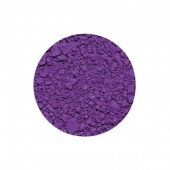
Ultramarine Violet Pigment
Starting at: £6.20
-
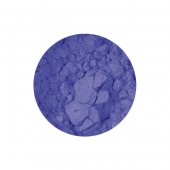
Smalt Light Pigment
Starting at: £5.20
-
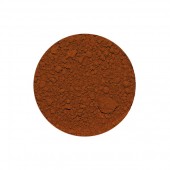
Pozzuoli Red Pigment
Starting at: £5.20
-
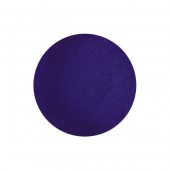
Prussian Blue Pigment
Starting at: £5.20
-
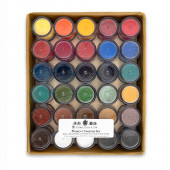
Cornelissen Pigment Set of 30 Colours
£130.00 -
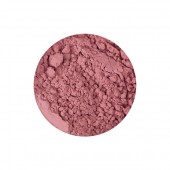
Potters Pink Pigment
Starting at: £22.00
-
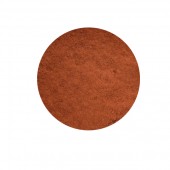
Burnt Green Earth Pigment
Starting at: £8.00
-
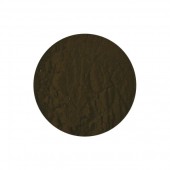
Van Dyke Brown Pigment
Starting at: £4.50
-
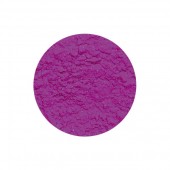
Cobalt Violet Light Pigment
Starting at: £10.00
-
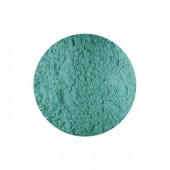
Verdigris Pigment
Starting at: £4.90
-
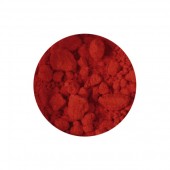
Cadmium Red Pigment
Starting at: £8.40





